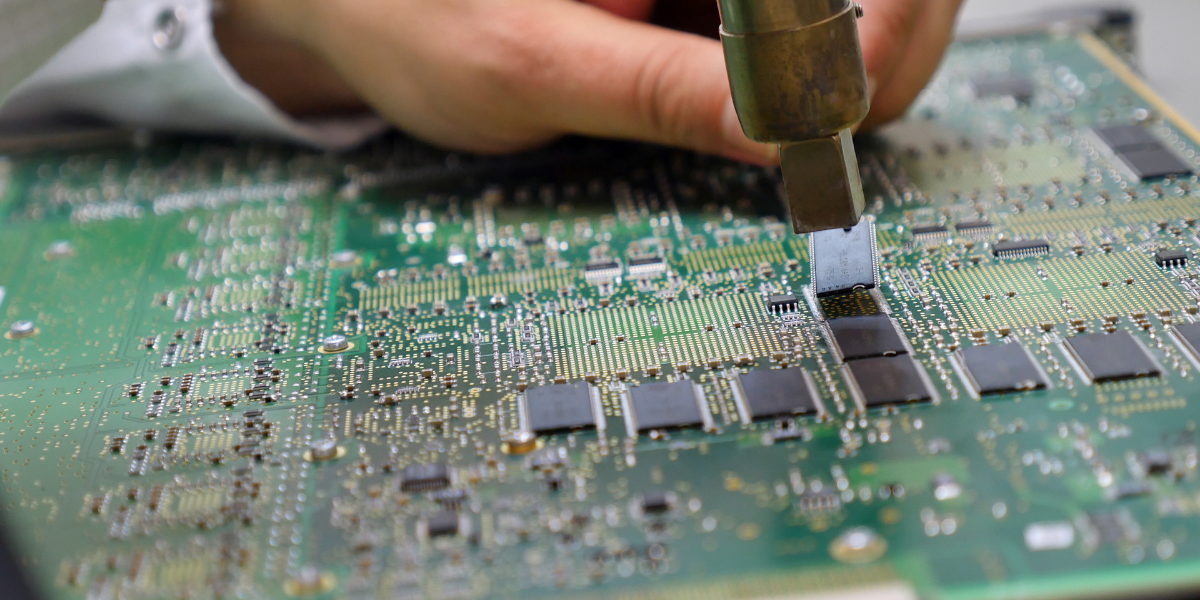7 Important Fundamentals of High-Speed PCB Design Discussed

7 Important Fundamentals of High-Speed PCB Design Discussed
High-speed PCB designs are becoming more prevalent today. High-speed PCB design refers to the process of designing printed circuit boards that are intended to transmit and receive signals at high frequencies. These types of PCBs are commonly used in electronic devices such as computers, smartphones, routers, and other high-speed data communication systems. The signal densities of high-speed PCBs run into a few GHz. Hence, the fundamentals of high-speed design, routing, and layout are crucial to mitigate issues such as EMI in these boards. With the rise of advanced technologies like 5G, the Internet of Things (IoT), and artificial intelligence (AI), designers are challenged to create PCBs that can support high-speed communication, processing, and storage. Therefore, to ensure high-speed design success, it is important to keep the fundamentals of high-speed design in mind. Are you intrigued to know what these fundamentals are?
7 Important Fundamentals of High-Speed PCB Design
The following are some important principles of high-speed PCB design.
-
Signal Integrity: Signal integrity is highly essential for high-speed PCBs for maintaining high-frequency signals. It assures that the signal will reach the destination without any distortion. Signal integrity can be achieved by minimizing signal reflections, maintaining proper impedance control, and taking measures in the design to prevent crosstalk.
-
Impedance Control: High-speed as well as differential signals have specific impedance requirements, which can cause reflections and signal degradation if the routing is not proper. Characteristic impedance is the ratio of amplitudes of voltage and current of a single wave propagating on a transmission line. For characteristic or surge impedance, the impedance of one transmission line must not affect the other. The impedance value of a transmission line is hence calculated in isolation without considering the impact of other lines. If you require a routing space of 5 to 6 layers, the actual PCB design must have ten layers for efficient impedance control.
-
Return Paths: High-speed signals require a low-impedance return path to complete the circuit. There must be a sufficient amount of uniform ground for efficient routing. There must be minimal or no gaps between ground planes and power planes, as the routing of high-transmission lines through these gaps is challenging.
-
Thermal Management: High-speed circuits generate excessive heat, which can degrade signal performance and damage components. Proper thermal management, such as heat sinks, is essential to ensure the reliable operation of high-speed PCBs.
-
Differential Signaling: Differential signaling is a method of transmitting high-speed signals that uses two complementary signals instead of a single signal. This method reduces common-mode noise and ensures minimal skew between the signals.
-
Simulation and Analysis: High-speed PCB design requires careful analysis and simulation to ensure signal integrity and reliability. Simulation tools can be used to model the behavior of the circuit and identify potential issues before the board is fabricated.
-
Manufacturing Considerations: In addition to the above fundamentals, high-speed PCB design often requires special manufacturing considerations. This comprises controlled impedance traces, selecting the right materials, ensuring proper layer stack up, and so on.
Now as you know the fundamentals of high-speed design in printed circuit boards, you may want to consider them and discuss your requirements with a reliable PCB manufacturer and assembler. Although there is a huge number of PCB manufacturers in the market, ensure to partner with a certified and experienced one. Twisted Traces is one of the leading players in high-speed PCB manufacturing and assembling. They strictly follow the important fundamentals required for manufacturing high-speed printed circuit boards. In addition, the company provides customization as per your business requirements. Get in touch with the team at Twisted Traces today for further information.
.png)



.png)
